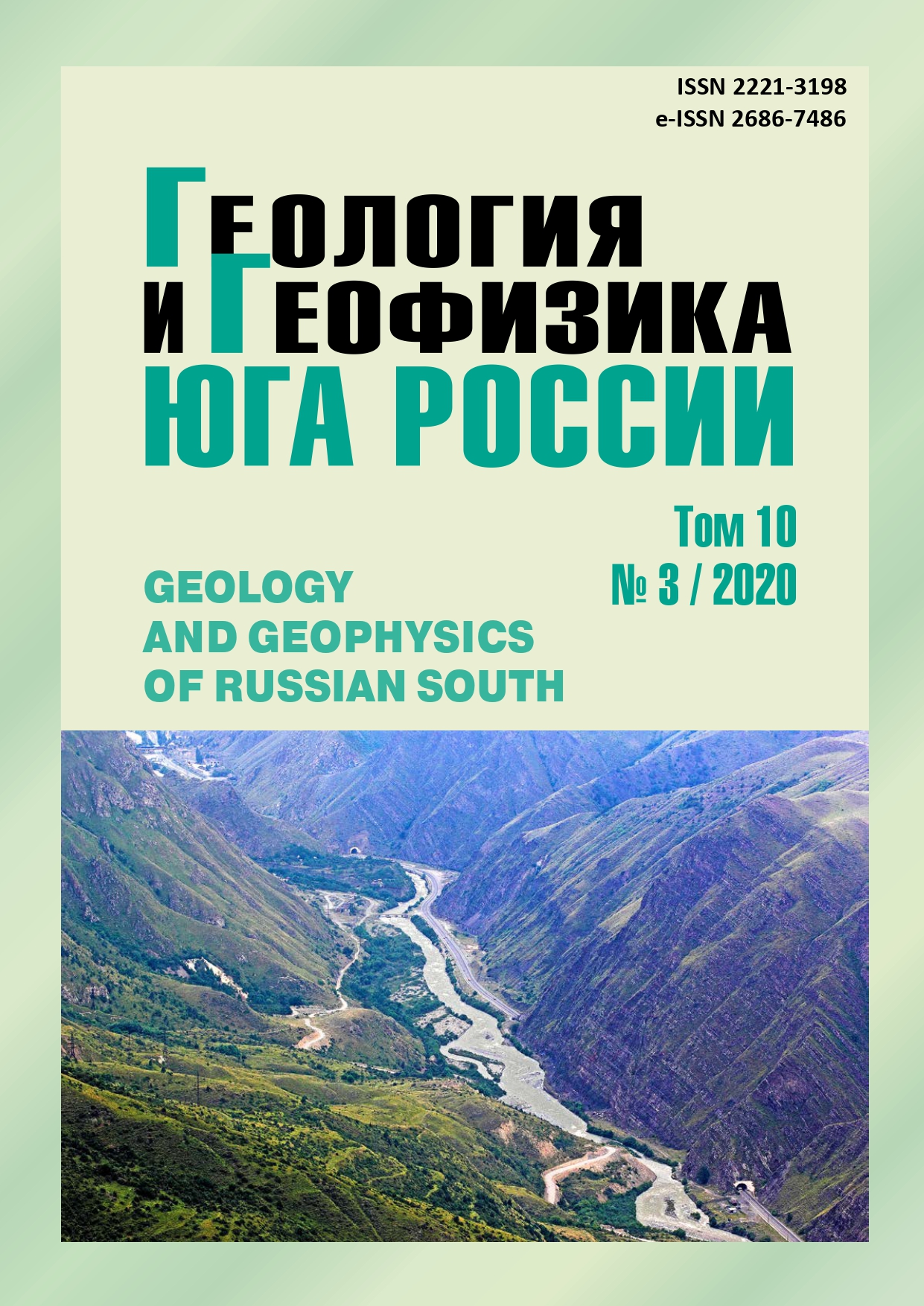Study of Changes in Time and in Space of Stressed State of Geological Environment
Abstract
Relevance. When assessing seismic and environmental hazards, the stress-strain state of the geological environment is the most important geodynamic characteristic of the areas of hydraulic (HPP) and nuclear (NPP) power plants, nuclear fuel cycle (NFC) enterprises, the chemical industry, strategically important objects, densely populated megacities and resort areas. Aim. The article summarizes the results obtained for the values of the geodynamic indicators of stress-strain state of the medium for regions of the Russian Federation that are different in their tectonic activity. Methods. Local seismic-ecological monitoring (LSEM) allows us to assess the values of the geodynamic indicators of anisotropy and the stress state of the medium S from the energy of the exchange waves PS from distant earthquakes. These indicators characterize the state of the environment in time and space. Observations in all regions were carried out using a local network (areal arrangement) of three component stations of the Delta-Geon type. Results. The basic laws of changing the values of geodynamic indicators for one depth interval are presented: the range of γ and S values in regions of different tectonic activity, the cyclical nature of their changes, and the influence of external natural factors (the Moon, the Sun, solar activity, etc.) on them. According to the results of the longest observations of the LSEM (1995-2006) at the Kavminvodsky test site (seismic hazardous Mineralovodsk region), 3‑dimensional models of the anisotropy index were obtained and stress state indicators S were evaluated at different depth levels. It is shown that the nature of the distribution of the anisotropy index continuously varies in depth, laterally, and in time. The cyclical nature of the change in S over time at all depths is revealed. The creation of such 3D models for other particularly important objects will allow us to give a more objective picture of the stress-strain state of the geological environment, which requires, however, longer observations.


